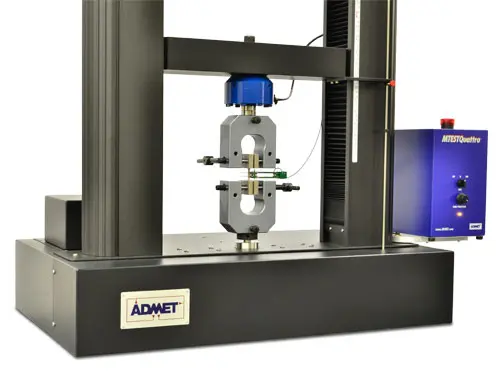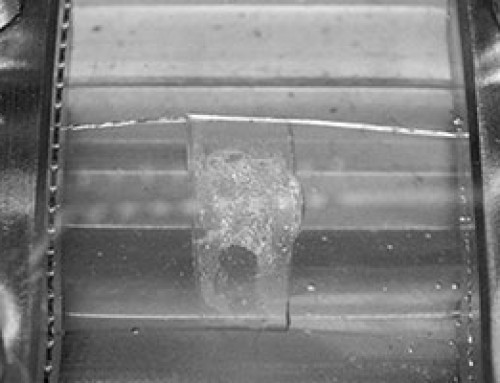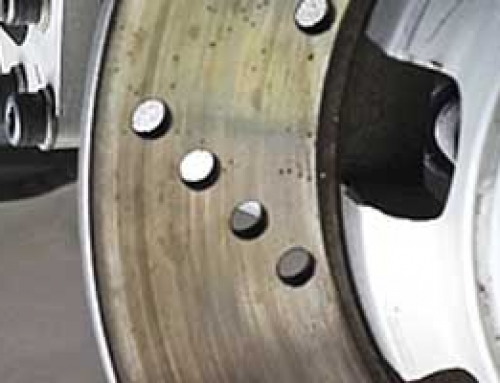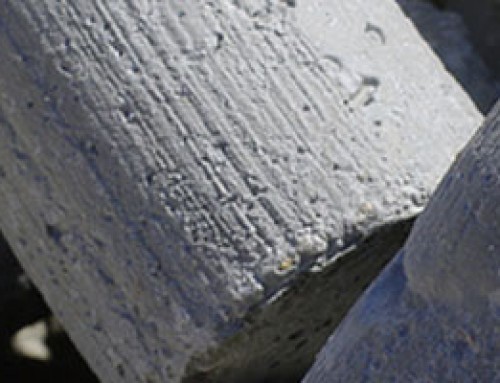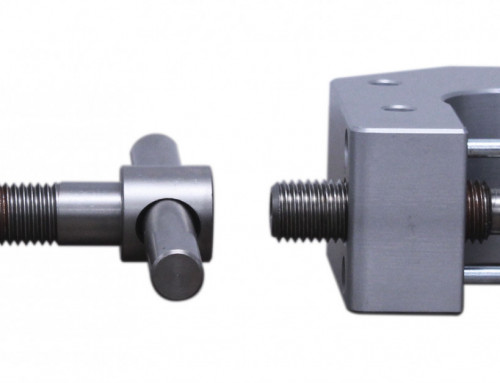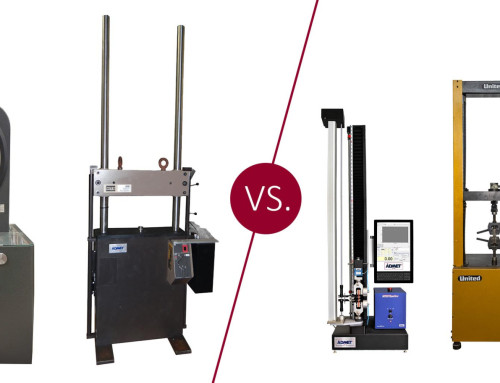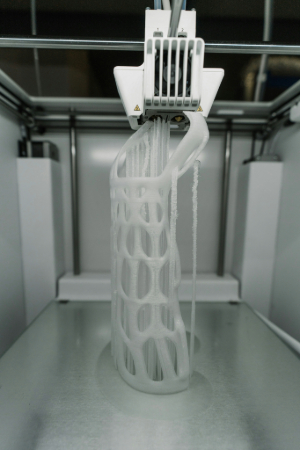
A 3D printed cast (source: unsplash.com)
As 3D Printing machines & methods continue to mature and become ubiquitous in various industries, the processes for designing and qualifying additively manufactured parts for use in commercial items are also evolving. One of the biggest challenges with additively manufactured parts has to do with the anisotropic mechanical properties that result from parts that are printed layer by layer.
It’s common knowledge that additively manufactured parts fail at much lower forces when loaded along the build direction. By performing tensile or bend tests on additively manufactured parts printed in various orientations, you can get a feel for how build direction can affect mechanical strength. But not every part is simple or orthogonal. What happens when a part requires complex geometry? Well, perhaps more mechanical testing is needed!
Our friends at Veryst Engineering, LLC explore this topic in more detail and provide some insight as to how various print orientations can affect mechanical properties. By performing these types of tests on your own 3D printed parts, you can also get a better grasp on how to optimize the part for its intended use.
The amount of testing required to optimize additively manufactured part geometries & print orientations almost certainly necessitates performing these tests in-house. If you don’t have a machine to perform and analyze those tests, ADMET is here to help! Check out the various testing machine options in the link below that can be used to test your 3D-printed parts:
ADMET Testing Systems for 3D Printed parts


